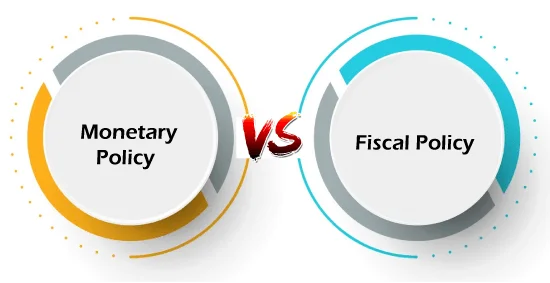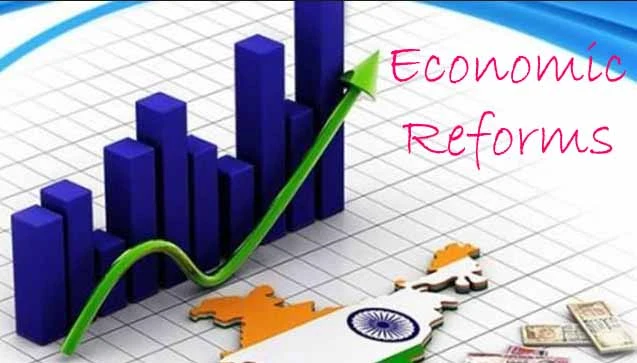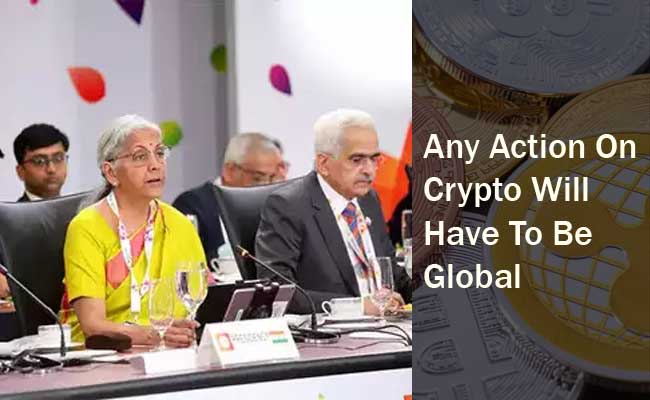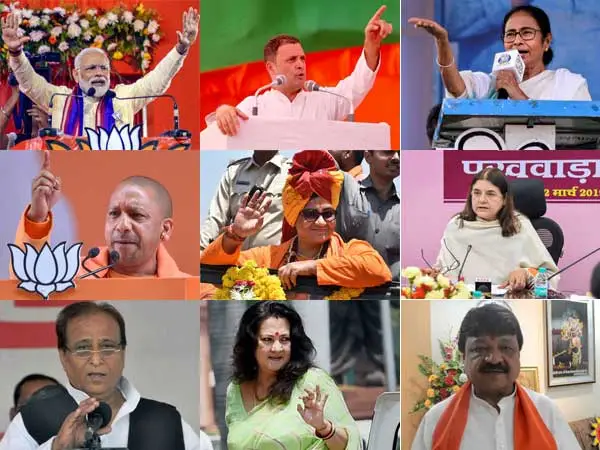Indian Economic Policies and Reforms: India, one of the fastest-growing economies in the world, has witnessed significant economic policy changes and reforms in recent years. These initiatives aim to boost economic growth, attract foreign investment, and promote inclusive development. This article explores key economic policies and reforms implemented in India, highlighting their impact and implications for the country’s future.
I. Liberalization and Privatization:
Unleashing Economic Potential The early 1990s marked a turning point for India’s economic landscape with the introduction of liberalization and privatization policies. These reforms aimed to dismantle the License Raj, reduce government control, and open up various sectors to private and foreign investments. As a result, India witnessed an influx of foreign capital, improved competitiveness, and a surge in economic growth.
II. Fiscal and Monetary Policies:

Balancing Growth and Stability Indian economic policies also focus on maintaining fiscal discipline and monetary stability. Fiscal policies aim to control government spending, rationalize subsidies, and increase tax compliance. Simultaneously, monetary policies aim to control inflation, manage interest rates, and ensure a stable financial system. These measures create a favorable environment for businesses and investors, bolstering economic growth.
III. Make in India:
Boosting Manufacturing and Employment Launched in 2014, the Make in India campaign aims to transform India into a global manufacturing hub. It focuses on attracting investment, enhancing infrastructure, and simplifying business regulations. By encouraging both domestic and foreign companies to set up manufacturing units in India, this initiative seeks to boost job creation, promote skill development, and contribute to GDP growth.
IV. Goods and Services Tax (GST):
Streamlining Taxation The implementation of the Goods and Services Tax (GST) in 2017 was a landmark reform aimed at creating a unified and simplified tax structure across the country. By replacing multiple state and central taxes with a single tax, GST eliminated tax cascading, improved ease of doing business, and enhanced tax compliance. This comprehensive taxation system has led to increased efficiency in the supply chain and promoted the growth of businesses.
V. Digital India:

Transforming the Digital Landscape The Digital India initiative, launched in 2015, seeks to harness the power of technology to transform India into a digitally empowered society. It aims to improve digital infrastructure, expand internet connectivity, and promote digital literacy. The initiative has played a crucial role in fostering innovation, supporting e-governance, and driving digital inclusion, ultimately contributing to economic growth.
VI. Financial Inclusion:
Empowering the Unbanked Recognizing the importance of inclusive growth, India has prioritized financial inclusion through initiatives such as Jan Dhan Yojana, Aadhaar, and Direct Benefit Transfers (DBT). These policies aim to provide banking services to the unbanked population, promote digital payments, and streamline the distribution of welfare benefits. By extending financial services to the marginalized, these reforms empower individuals, reduce poverty, and stimulate economic activity.
India’s economic policies and reforms have laid the foundation for sustainable growth, attracting investment, improving business environment, and fostering inclusive development. The liberalization and privatization measures have opened doors for foreign investments, while fiscal and monetary policies ensure stability. Initiatives like Make in India, GST, Digital India, and financial inclusion have further accelerated growth and enhanced the ease of doing business. As India continues to implement strategic reforms, it is poised to unlock its immense economic potential, making significant strides on the global stage.
Read Also: Political Controversies in India
![]()






One thought on “Indian Economic Policies and Reforms”